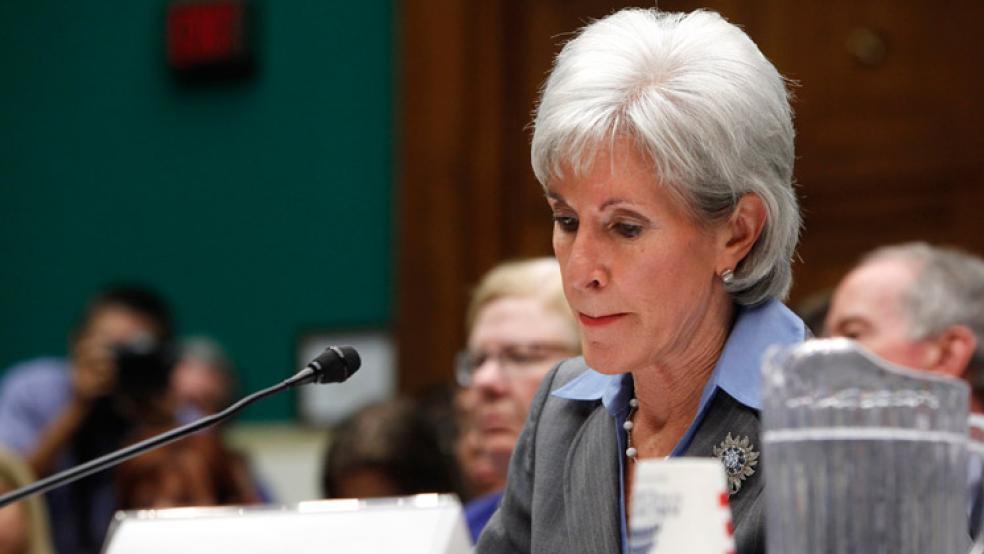More than 1.5 million people completed applications for health insurance during the first month of the Obamacare rollout, according to the Health and Human Services Department, an indication that strong demand for health coverage among the American public.
The downside is that less than 10 percent of these 1.5 million- 106,185 – have selected a plan. And of those, only 27,000 selected a plan through the federal exchange, which has been plagued by a litany of problems. The remaining 79,000 purchased plans through the 22 states that formed their own exchanges.
The strong demand for health coverage is a rare piece of good news for the White House, which has been under fire from all sides in recent weeks. The 106,000 people who have selected plans are more than double figures reported by the Wall Street Journal.
“We expect these numbers will grow substantially in the next few months this data only represents only one month into a sustained outreach effort.” Sebelius said. "As more people shop and talk things over with their families, we expect these numbers to rise."
In addition, traffic to the web site indicated strong interest. According to HHS, 27 million people visited health exchange web sites, all call centers received 3 million calls with questions about health insurance.
But the downside is that 1.4 million of the people who completed their application did not pick a health insurance plan. According to multiple reports, technological breakdowns in the federal data hub, communications failures between insurance companies and the federal government, and the inability to purchase insurance directly through an exchange have frustrated more than a million people who are attempting to purchase insurance.
President Obama needs 7 million people to sign up for health care by the end of March for Obamacare to survive, according to the Congressional Budget Office. If all of the people who completed an application were actually able to purchase a plan, he’d be more than one-fifth of the way toward his goal.
The White House has pledged to fix the federal exchange by the end of the month, making it viable “for the vast majority of users,” according to CMS spokesperson Center for Medicare and Medicaid Services communications director Julie Bataille. But tech experts both inside and outside of the administration doubt that the site would be fixed in time.
"What we’ve seen so far is the first set of problems that come up," Sumit Nijhawan, CEO of Infogix, a data security firm working with private insurers said. "Then you have the next set of problems. It’s one set of issues leading into another."
Follow David Francis on Twitter @DavidcFrancis
Top Stories From The Fiscal Times:



